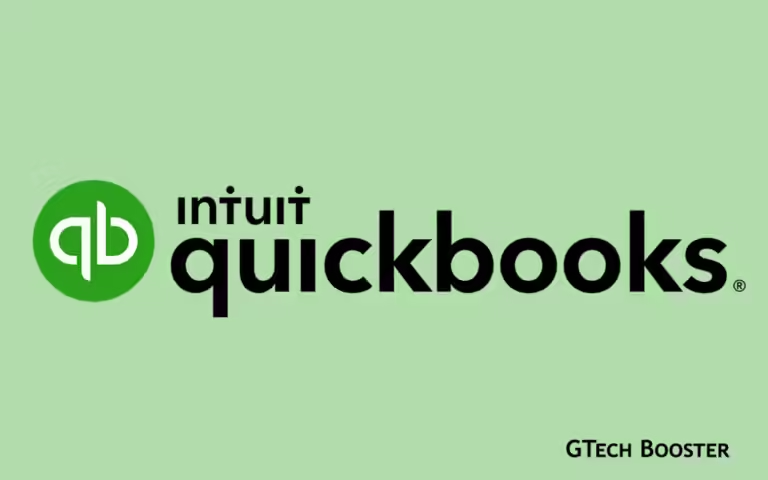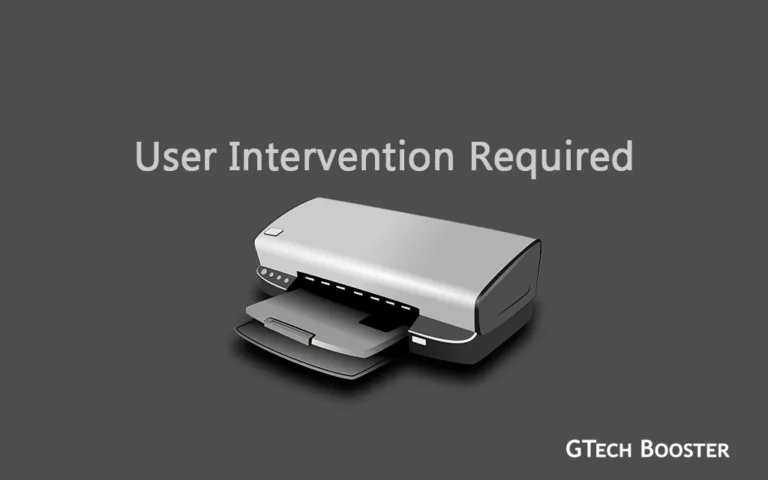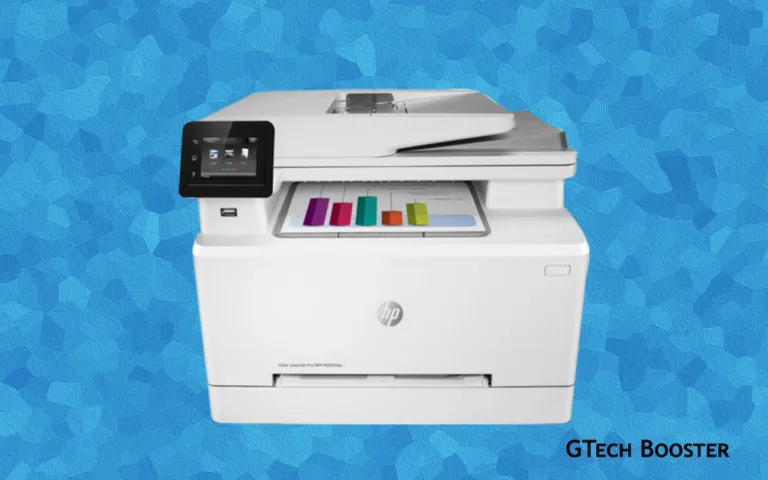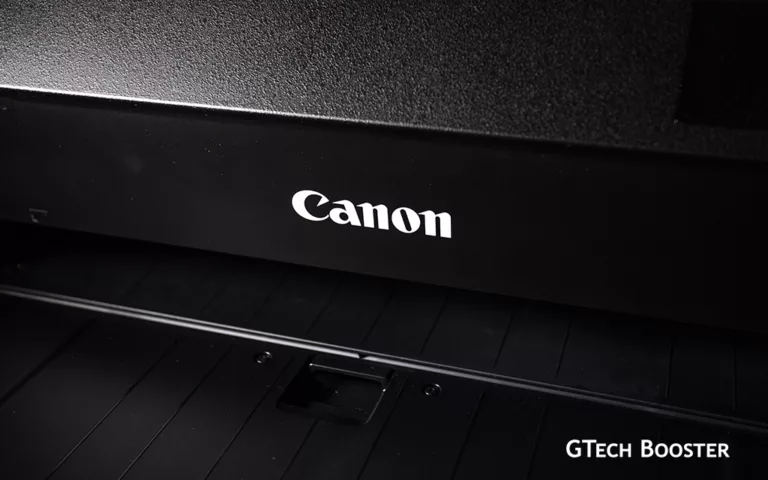The Art of Screen Printing: Unleashing Creativity One Layer at a Time
Screen printing, also known as silk screening, is a versatile and dynamic printing technique that has been used for centuries to create vibrant and detailed designs on various surfaces.

From t-shirts and posters to ceramics and textiles, screen printing offers endless possibilities for artists, designers, and entrepreneurs alike. In this article, we will delve into the fascinating world of screen printing, exploring its history, process, and the endless creative opportunities it presents.
A Brief History
Screen printing can trace its roots back to ancient China, where stencils were used to transfer intricate designs onto fabric. An ancient art that originated in during the Song Dynasty (960-1279 AD). The Chinese used a finely woven mesh and block stencils to transfer intricate designs onto fabric. Japan was one of the first Asian countries to start making recognizable forms of screen printing, using simple stenciling techniques to create imagery on fabric. The Japanese cut stencils out of paper, and the mesh they used was woven from human hair. Ink was forced through the mesh onto the fabric with stiff brushes.
However, it wasn’t until the early 20th century that screen printing as we know it today emerged in the United States. Originally used by commercial printers for mass production, screen printing gained popularity among artists and designers for its ability to produce bold and vibrant colors. Screen printing was initially used to print interesting colors and patterns on wallpaper and fabrics, and then it was used by advertisers for campaigns. Eventually, artists and commercial printers adopted it as a new way of reproducing their works on different materials such as t-shirts, DVDs, glass, paper, metal, and wood.
The first “modern” screen printing system was patented in 1907 by an Englishman named Samuel Simon, and his method used a stencil drawn onto bolting cloth that was then stretched across a wooden frame. Screen printing became a staple in the Pop Art movement of the ’60s, and famed artists like Andy Warhol used the method to create colorful repeated images. Today, screen printing is widely used to create mass- or large-batch produced graphics, such as posters or display stands, and full-color prints can be created by printing in CMYK (cyan, magenta, yellow, and black).
The Theory of the process
The Process
Screen printing involves the use of a mesh screen, a stencil, and ink to transfer designs onto a chosen surface. The process typically involves the following steps:
Design Creation
Artists or designers create a design using digital software or hand-drawn techniques. This design is then converted into a stencil or “screen” using light-sensitive emulsion or film.
Screen Preparation
The screen is coated with a light-sensitive emulsion and left to dry. Once dry, the stencil is placed on the screen and exposed to UV light. The light hardens the emulsion, creating a solid stencil.
Printing Setup
The screen is mounted onto a printing press, and the chosen surface, such as a t-shirt or poster, is positioned underneath.
Ink Application
Ink is poured onto the screen and spread evenly across the stencil using a squeegee. The ink passes through the open areas of the stencil, transferring the design onto the surface below.
Printing Process
With the ink in place, the squeegee is pulled across the screen, forcing the ink through the mesh and onto the surface. This process is repeated for each color in the design, with each layer adding depth and complexity to the final image.
Curing
Once the printing is complete, the ink needs to be cured to ensure its longevity. Depending on the type of ink used, curing can be achieved through heat, air drying, or a combination of both.
Endless Possibilities
Screen printing offers unlimited creative possibilities. Whether you’re a small business owner looking to brand promotional merchandise or an artist wanting to create limited edition prints, screen printing allows for intricate designs, vibrant colors, and the ability to print on various surfaces.
Textiles: T-shirts, hoodies, tote bags, and other fabric items are popular choices for screen printing. The durability of screen-printed designs ensures they can withstand countless washes while maintaining their vibrant colors.
Art Prints: Artists can create stunning, high-quality prints by reproducing their artwork through screen printing. The ability to layer colors and experiment with different textures adds depth and uniqueness to each print.
Promotional Products: From business cards and stickers to posters and banners, screen printing offers a cost-effective way to create branded promotional items that leave a lasting impression.
Home Decor: Screen printing allows artists and designers to add a personal touch to home decor items such as pillows, curtains, and wall art. The versatility of screen printing enables customization for any interior style.
A beginners road to T-Shirt Printing
If you’re interested in getting into T-shirt printing, there are a few things you should consider.
Here are some steps to guide you
- Choose your printing method
There are several ways to print T-shirts, including screen printing, DTG printing, heat transfer, and vinyl cutting. Each method has its pros and cons, so you’ll need to research and choose the one that’s best for your needs and budget. - Get the necessary equipment and supplies
Once you’ve decided on a printing method, you’ll need to invest in the necessary equipment and supplies. This may include a printer, ink, screens, squeegees, heat press, vinyl cutter, and more. - Create your designs
You can create your own T-shirt designs using graphic design software like Adobe Photoshop or Illustrator, or you can hire a designer to create them for you. Make sure your designs are original and visually appealing. - Test your prints
Before you start producing T-shirts in bulk, it’s a good idea to test your prints to ensure that they come out as expected. You can do this by printing a few samples and examining them for quality and durability. - Start production
Once you’re confident in your prints, you can start producing T-shirts in larger quantities. You can sell them online or through local markets and events.
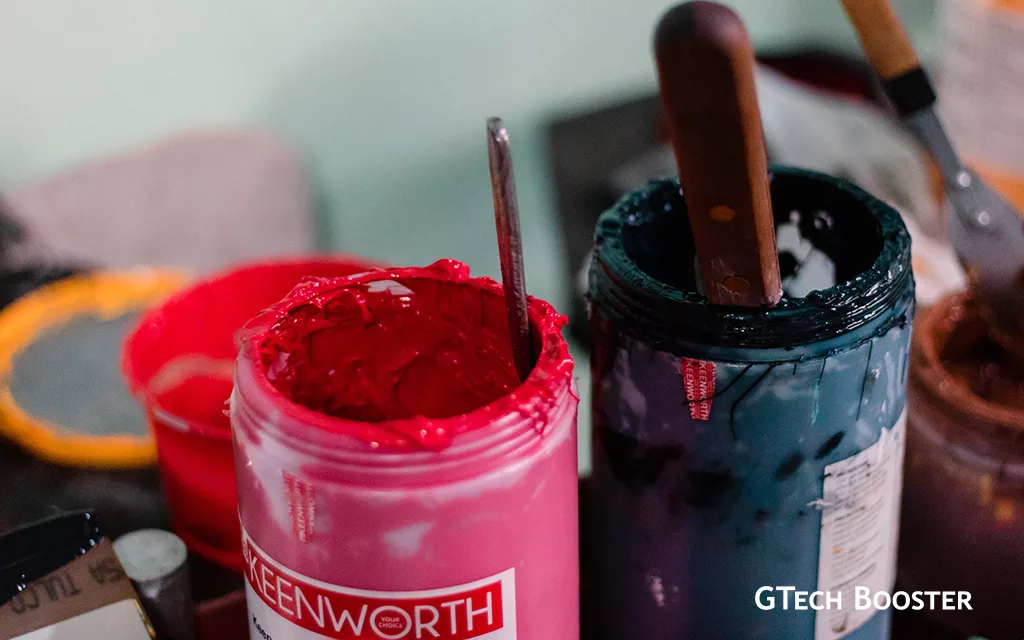
As mentioned earlier, there are several ways to write on a t-shirt for custom printing. Methods are;
- Using heat transfer vinyl
- Screen printing,
- Direct to garment printing, and
- Iron-on transfer paper.
Here are some basic steps for each method:
Heat transfer vinyl
- Design your image or text using a vector graphics program.
- Cut your vinyl to match the design using a cutting machine.
- Weed out the excess vinyl.
- Use a heat press to transfer the vinyl to the shirt.
Screen printing
- Create a stencil or screen with your design.
- Lay the screen on the shirt and use a squeegee or brush to apply ink to the screen.
- Lift the screen and repeat until the design is complete.
- Cure the ink with heat or let it air dry.
Direct to garment printing
- Upload your design to a DTG printer.
- Use the printer to print the design directly onto the shirt.
Iron-on transfer paper
- Create your design using a graphics program.
- Print the design onto the transfer paper.
- Cut out the design and remove the backing.
- Place the design face down on the shirt and iron it on using a regular household iron.
Regardless of which method you choose, it’s important to follow the instructions carefully to ensure a high-quality and long-lasting print on the shirt.
Screen printing is an art form that combines creativity, technique, and precision. With its rich history and endless possibilities, this printing technique continues to captivate artists, entrepreneurs, and enthusiasts around the world. Whether you’re a seasoned screen printer or a beginner eager to explore new creative horizons, screen printing offers a world of artistic expression waiting to be discovered. So, grab a screen, mix some ink, and let your imagination run wild as you embark on a journey of color and creativity with screen printing.






